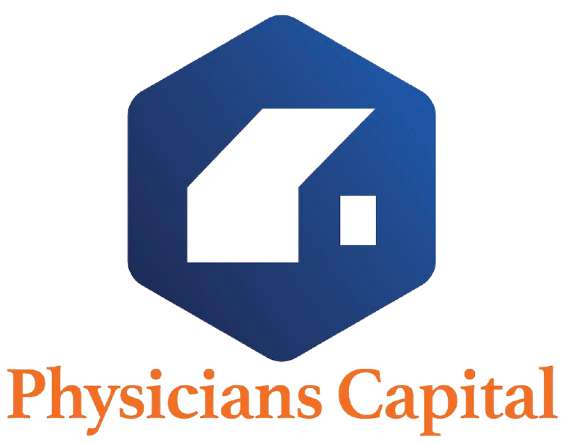The corridors of healthcare facilities have long been overlooked in favour of sleek office towers and bustling retail centres, yet the story unfolding within these walls suggests a quietly shifting paradigm. In an environment marked by demographic shifts and regulatory complexities, a subset of properties is revealing a blend of resilience and underappreciated opportunity.
Investors accustomed to chasing the next market high may find themselves pausing at the threshold of medical real estate, where exam rooms and diagnostic suites offer a stability seldom matched elsewhere. Unlike generic commercial assets, medical properties demand a foresight that extends beyond superficial yields, requiring a nuanced appreciation for tenant mix, lease architecture and the evolving intersection of technology and care delivery. As healthcare providers seek long-term partnerships to underpin their practices, capital stewards discover a realm where patient footfall translates into dependable cash flows, and where the inertia of change in clinical settings can act as a bulwark against volatility.
Stepping inside a purpose-built medical facility reveals more than just specialised plumbing and reinforced wiring, it exposes the heartbeat of demographic trends. Ageing cohorts and rising chronic disease prevalence are not abstract forecasts but tangible drivers that sustain demand for outpatient clinics, diagnostic centres and ancillary support services. These factors underpin lengthier lease commitments, often structured with built-in rent escalations and tenant responsibilities for fit-outs, insulating investors from many of the cyclical headwinds facing traditional office or retail landlords. Furthermore, the technical demands of clinical spaces, from stringent air-filtration standards to imaging-friendly layouts, create barriers to entry, imbuing existing assets with a degree of competitive shelter.
Yet, the nuances of managing medical real estate diverge sharply from other commercial sectors. Regulatory frameworks loom large: local and national health authorities prescribe standards for patient safety and accessibility that can influence refurbishment timetables and capital expenditure. Healthcare tenants, while seeking predictability, also require flexibility to integrate new technologies or accommodate emerging service lines, prompting landlords to balance contractual rigidity with adaptive capacity. The result is a delicate choreography of aligning landlord incentives with tenant growth trajectories—an exercise demanding both technical due diligence and a collaborative mindset.
For those weighing the merits of this asset class, three themes consistently surface: consistency of income, defensive demand, and strategic differentiation. Income consistency is undergirded by leases that frequently span five to ten years, outpacing many corporate tenancies. Defensive demand is woven into the fabric of fundamental healthcare necessities, regardless of economic cycles, knee replacements and routine check-ups persist. Meanwhile, strategic differentiation emerges through the tailored nature of these properties: location choices hinge not on commuter traffic alone but on proximity to hospitals, ageing communities and emerging care hubs, requiring investors to refine their market spotlights beyond conventional markers.
Accessing this space can take multiple forms. Direct ownership remains the most elemental pathway, granting full control over asset stewardship but also placing the onus of specialised capital improvements firmly on the investor’s shoulders. For those seeking a more hands-off approach, pooled vehicles such as property trusts or segregated mandates offer diversified exposure to portfolios of clinical sites, often managed by teams versed in the complexities of healthcare infrastructure. Alternatively, joint ventures with operator-owners or healthcare systems can align incentives tightly, blending property skill with care delivery expertise, though such structures demand a higher degree of partnership governance.
While the allure of medical real estate is clear, risks warrant careful appraisal. Construction and retrofit budgets may escalate if unforeseen regulatory or technical challenges arise, and shifting reimbursement models in the wider healthcare ecosystem can indirectly influence tenant viability. Geographic concentration also poses a hazard: regions over-supplied with clinical spaces may face compressed occupancy rates, emphasising the importance of rigorous market analysis. Effective investors will thus weave contingency planning into every transaction, anticipating capital reinvestments and stay-put clauses that preserve asset value through health-sector evolutions.
In an industry where the act of care remains paramount, the real estate underpinning those services is carving out a distinctive investment narrative. As healthcare evolves, from telemedicine expansions to outpatient procedural shifts, properties that adapt to new modalities stand to capture emerging value pools. For long-term capital stewards seeking to marry steady cash flows with sectoral tailwinds, the subdued charm of medical real estate warrants a closer inspection.
Medical real estate involves acquiring and managing facilities purpose-built for healthcare services, offering investors long-dated leases, demographic-driven demand and specialised structures that help mitigate typical market swings.
Physicians Capital are the only physicians-owned private real estate investment firm that allows doctors to reclaim ownership, generate passive income and build long-term wealth.












































